31 Days, 31 Lists: 2020 Unconventional Children’s Books

Isn’t “unconventional” such a nice way of describing today’s list of books? Full credit for the phrase must be handed to Travis Jonker, who has created his own lists of unconventional children’s books in 2017, 2018, 2019, and 2020. The nice thing is that he and I tend to look at entirely different titles. You’ll find a tiny bit of overlap in our lists, but for the most part we’re seeing different types of unconventionality (if that’s a word).
So for those of you keen on trying something a little different, this is the list for you. These are the books that gives you faith in publishing. Because if someone thinks that these can sell in American, things can’t be all that bad. And no, they’re not all European imports . . .
ADVERTISEMENT
ADVERTISEMENT
2020 Unconventional Children’s Books
Egg or Eyeball? (Chick and Brain) by Cece Bell

Egg! Eyeball! Egg! Eyeball! Is the white object Brain found a baby chick in its shell or a monster’s peeper? Inane goofiness abounds in this particular easy reader. I love a book that really takes a deep dive into its own wackadoodle rules and regulations. The world Bell has created here operates on a level entirely apart from our own. I always have a vague sense of where things are going, but it’s still a delight to see how she gets there. Predictably unpredictable.
I Wish by Toon Tellegen, ill. Ingrid Godon, translated by David Colmer




What we have here are portraits “inspired by old-fashioned photographs”. The Belgian illustrator, being of sound mind and body, created these portraits because she was inspired by “the Flemish Primitives, the great Italian Renaissance painters, and the photographer Norbert Ghisoland.” Then, at some point in the process, they were handed to the Dutch writer and poet Toon Tellegen who got all kinds of wistful on us. Each person that gets a story also receives something wholly unique and strange and wonderful. As I read these poems, they struck me as mini monologues. To be frank, I think that would be an excellent use of this book. Hand it around the room to a class of kids. Have them each read aloud one of these first person narratives. “This is my last request. When I die, I want them to check how long someone’s still thinking of me.” “If I ever saw an ad like this: ‘Wanted: secretive boy for secret duties.’ I would apply.” “If I think about it, it’s actually pretty weird that I’m me.” I defend American children’s literature all the livelong day, but let’s just face facts. A book as introspective, smart, and thoughtful as this one could not possibly have come out in the States first. And if we have Elsewhere Editions and the Dutch to thank for it, then thank them we should. Loud and strong and long.
In the Half Room by Carson Ellis

If you have a room full of things that are only half (half a table, half a rug, half a floor) then what do you do when the other half knocks at the door? I mean, it’s weird. I don’t think anyone could make the argument that it isn’t. This is sort of what you’d get if Goodnight Moon got high on mushrooms. Illogical logic is Carson Ellis’s happy place and considering a room of half things where the person becomes whole (with an oddly satisfying “SHOOOOOP” sound) while the cat just cuddles up to its own butt… well, this felt oddly real to me. So I like it very much, but then again I’m kind of nutty too.
The Invisible Alphabet by Joshua David Stein, ill. Ron Barrett

You know what? Respect for this idea. Respect indeed. Alphabet books are common creatures. Throw a rock in one direction in a library and you’re bound to hit ‘em. With that in mind, I give double points to anyone that cracks the code to creating a cool one. The elevator pitch for this little beauty is simple: Everything in this book is unseen. That might mean including something as obvious as “N is for Nothing” or it might get a little clever and say “L is for Lost”. It’s a cute enough gimmick, but what makes it stand apart is that somehow towards the end of the book, Stein manages this subtle shift from merely quirky to oddly contemplative. “X is for Extinguished”, “Y is for Yesterday”, “Z is for Zero”. The repeating motif of a bus stop, seen in the final frame empty of both bus and riders, swathed in snow, leaves you with what I can only describe as an unnerving sense of peace. I can’t describe it any better than that.
A Little Called Pauline by Gertrude Stein, ill. Bianca Stone




Plucked from Gertrude Stein’s 1914 book Tender Buttons, artist Stone gives form and plot to a poem of pure whimsy. Now don’t mind me, I’m just going to plant my flag in Weirdo Country over here. This book has an uphill battle to fight. There’s the premise, of course, and then the illustrator used a style that wouldn’t fly with one of the big publishers, I can tell you that. As I am the defender of all things peculiar, I would like to speak in favor of this book. Ideally, this is for kids like my daughter. She loves writing and literature but is a practical child to her soul. With this poem I can kind of break through the shell she’s already built up around herself of sense and reason. In the back of the book Stone writes, “Take lines from this poem and make your own drawings to accompany them! I call this Poetry Comics.” And I call this book incredibly cool.
My Little One by Germano Zullo, ill. Albertine, translated by Katie Kitamura

If one of these days the theme was Books I’m Grateful I Didn’t Read While Pregnant (Because I Would Have Been a Weepy Mess) this would appear in the top slot. On the one hand, it feels like a picture book for adults. On the other hand, what it may actually be is the book everyone claims The Giving Tree to be. You know how everyone says The Giving Tree is about parents’ sacrifices for their children? Keep your aboreal metaphors to yourself then. I prefer my metaphors to grow and shrink in turn. In this story a mother talks to her little one. She is telling him the story of their lives, and the little son grows larger and larger as he swings around her and hugs her tightly. Then, almost imperceptibly, the mother begins to shrink instead. Her son twirls her about but when she has shrunk right down and is gone we get this final shot of the man, standing there. And the only word I can use to describe his facial expression is this: lost. Children will be amused by the growing man and the shrinking mommy. Mothers will sob their blooming eyes out. Adults caring for their elderly parents will find themselves reading and rereading it. And Americans may find themselves at odds with an ending as poignant as this. We like our picture book endings to be bold and quirky. But an ending that leaves you feeling unsettled is good for the brain. Or is it the heart?
Nonstop by Tomi Ungerer

Here’s how good Tomi Ungerer was right up until the end. As I was reading this book, I somehow convinced myself that it must be a reprint of his earlier work. Sure, it was weird, but no stranger than anything else you might find in the experimental 60s (I mean, have you seen Yellow Yellow by Frank Asch and Mark Alan Stamaty?). It was only when I was reading Tomi’s bio on the backflap of the book that I came to this final sentence: “Nonstop is his last picture book.” Wuh? Guess I missed the words “A Master Storyteller’s Final Work” on the cover. When you see the book for yourself you’ll have to agree that it’s pretty amazing. Even more so when you figure the man wrote and illustrated this book without ever seeing how 2020 would play out. Because, honestly, this book feels like the year we just had taken to its next logical extreme. In it a fellow named Vasco is the last person on earth (all the other humans departed for the moon instead). Wandering the streets, Vasco finds that if he takes the advice of his shadow, he can avoid a series of unfortunate events. The book has all the illogical logic of a nightmare, but shifts in tone slightly when Vasco meets two strange creatures and obeys the mother’s wish to take her baby to safety. I got quite invested in Vasco and Poco’s subsequent adventures and while the ending is a happy one, it’s also wistful and sad. The wide variety of near deaths sort of reminded me of Fortunately by Remy Charlip. A perfect capper to a perfectly madcap career.
The Scary Book by Dedieu, translation by Melanie Schöni

ADVERTISEMENT
ADVERTISEMENT
In its defense, it’s not called “The Fluffy Bunny Book” or anything. Consider it a board book for 8-year-olds. Don’t believe me? Let’s just say that this little board book represents truth in advertising. It has got to be the most abjectly gross title of 2020, and that’s saying something. But around the time you get to the blood-dripping frog filled with worms and flies, you are aware that this ain’t Goodnight Moon. Honestly, if a baby happened to see it, I don’t think they’d care two bits. But its true audience should consist of those kids that love to be grossed out. They will ADORE this book! They’ll revel in it! They’ll pass it around secretly at school under their desks and horrify the first teacher that lifts one of those dire flaps. Cleverly, Dedieu doesn’t put the worst stuff at the beginning but later on. A clever ruse indeed.
Selma by Jutta Bauer

When American picture books try to be philosophical they often tumble into “twee” along the way. When European picture books try to be philosophical, they begin with dogs staring into cups of wine at a bar, ruminating over the meaning of true happiness. There is nothing all that complicated to Selma. Its message is so overt that even a young child will get it, which I suppose is rather the point. The true meaning of happiness? Actually, you might be able to debate the exact lesson. Is it only doing the things you love? A work/life balance of food, friends, family, and sleep? Not wanting too much? Appreciating what you have? I dunno. I don’t know that the book even knows. But if you want to be that cool relative that gives your niece or nephew a picture book upon graduation that they might actually like, give them this. I ain’t even kidding.
Tell Me: What Children Really Want to Know About Bodies, Sex and Emotions by Katharina von der Gathen, ill. Anke Kuhl, translated by Shelley Tanaka

It’s the page of penises that’ll probably unnerve more American parents than anything else. I’m no prude but you gotta understand, it’s a lot of penises (penisi?). You know all those people that get their panties in a twist over sexual education books like It’s Perfectly Normal by Robie H. Harris? Baby, they didn’t know how easy they had it. Please remember that the Europeans often view Americans as downright puritanical when it comes to the human body in children’s literature. We freak out over the smallest of penises. So when you open up this book and see them on lurid display . . . yeah, it’s something. Behold, the most honest and updated book about sex and bodies you have ever seen. Each question is one that a child has posed, and the answers are pretty straightforward. It starts out with the usual, and then gets quite deep. There are questions like “How do voices break?” on the one hand and others like “How does a man get a vagina if he had a penis?” which offers a strong encapsulation of what it means to be transgender. Sex is not all heteronormative in this book, though due to the succinctness of the answers, people will definitely be left wanting more information. Additionally the book briefly cover rape, sexual harrassment, prostitution, and porn as well. There is a slight mention made of being intersex, but the book makes it sound as if they’ll explain more about it later and then never does, so that’s a problem. Otherwise, it’s worth looking at. It’s a lot, but as books on the subject go, it’s probably one of the more honest and modern titles I’ve seen.
This Thing Called Life by Christian Borstlap

The minute I saw this book in my office I started to laugh. I really couldn’t help it, just look at that title! Have you ever seen a sillier, French-er title in all your lifelong days? The next five minutes consisted of me and co-worker saying in progressively thicker and thicker French accents, “Thees thing . . . . called LIFE!” Eventually I was able to calm down enough to actually sit and read the book and what I discovered under its cover astonished me. Yes, on a very real level, this is a ridiculous little book. It is, at its core, a high-flautin’ graduation book. You would hand this to a new high school graduate to tell them a little about the world they’re about to enter. And yet, and yet . . . it’s much weirder than your average Oh, the Places You’ll Go type title. I credit this to the translation and to the art. The translation because there isn’t a fleck of preciousness to this text. I mean, the last lines in the book are, “Life is something we do together. All of life is connected and dependent on the rest of life.” Meanwhile the accompanying images are having a friggin’ field day. We’re talking mouths with legs, what appears to be a troop of multicolored (and ambulatory) pants, and at least one out-and-out laugh-out-loud moment that caught me by surprise (it discusses whether or not life is fair). It is, as I say EXCEEDINGLY French and weird and really very wonderful. Honestly, if you had a graduate to anything in the coming years, hand them this along with Selma.
Want to see other lists? Check out what happened this month!
December 1 – Great Board Books
December 2 – Board Book Reprints & Adaptations
December 3 – Transcendent Holiday Picture Books
December 4 – Picture Book Readalouds
December 5 – Rhyming Picture Books
December 6 – Funny Picture Books
December 7 – CaldeNotts
December 8 – Picture Book Reprints
December 9 – Math Books for Kids
December 10 – Bilingual Books
December 11 – Books with a Message
December 12 – Fabulous Photography
December 13 – Translated Picture Books
December 14 – Fairy Tales / Folktales / Religious Tales
December 15 – Wordless Picture Books
December 16 – Poetry Books
December 17 – Unconventional Children’s Books
December 18 – Easy Books & Early Chapter Books
December 19 – Comics & Graphic Novels
December 20 – Older Funny Books
December 21 – Science Fiction Books
December 22 – Fantasy Books
December 23 – Informational Fiction
December 24 – American History
December 25 – Science & Nature Books
December 26 – Unique Biographies
December 27 – Nonfiction Picture Books
December 28 – Nonfiction Books for Older Readers
December 29 – Best Audiobooks for Kids
December 30 – Middle Grade Novels
December 31 – Picture Books
Enjoy!
Filed under: 31 Days 31 Lists, Best Books, Best Books of 2020
About Betsy Bird
Betsy Bird is currently the Collection Development Manager of the Evanston Public Library system and a former Materials Specialist for New York Public Library. She has served on Newbery, written for Horn Book, and has done other lovely little things that she'd love to tell you about but that she's sure you'd find more interesting to hear of in person. Her opinions are her own and do not reflect those of EPL, SLJ, or any of the other acronyms you might be able to name. Follow her on Twitter: @fuseeight.
ADVERTISEMENT
ADVERTISEMENT
SLJ Blog Network
2024 Books from Coretta Scott King Winners
Monkey King and the World of Myths: The Monster and the Maze | Review
Parsing Religion in Public Schools
The Tortured Poets Department Poetry Party Part 2: DIY Frames for Your Instant Photos
ADVERTISEMENT

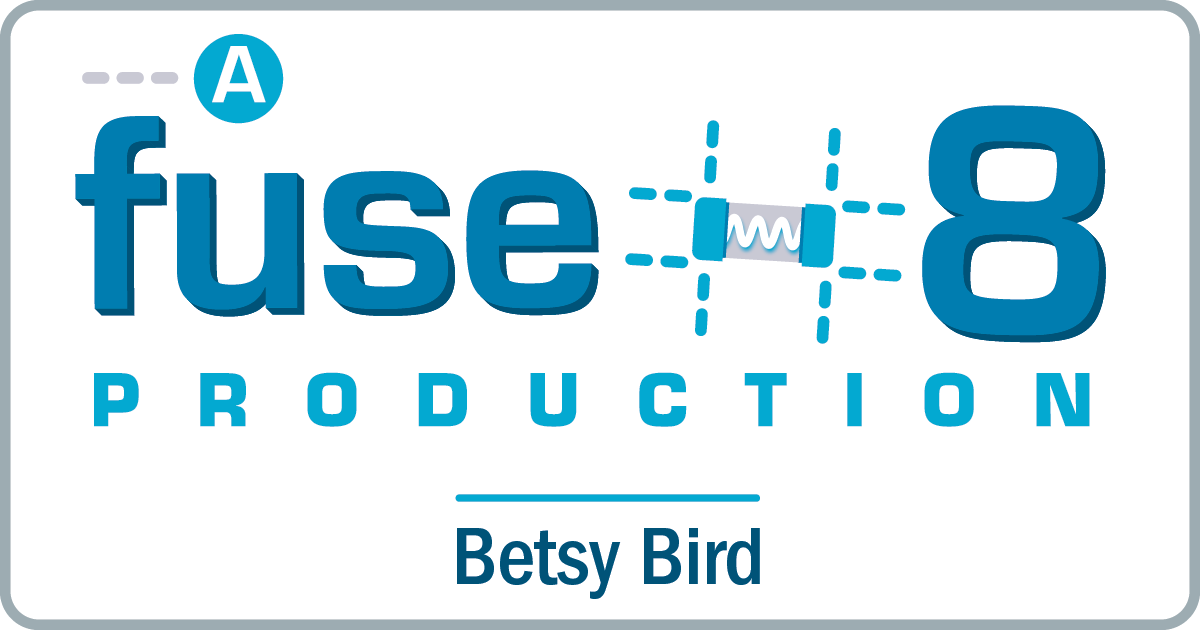

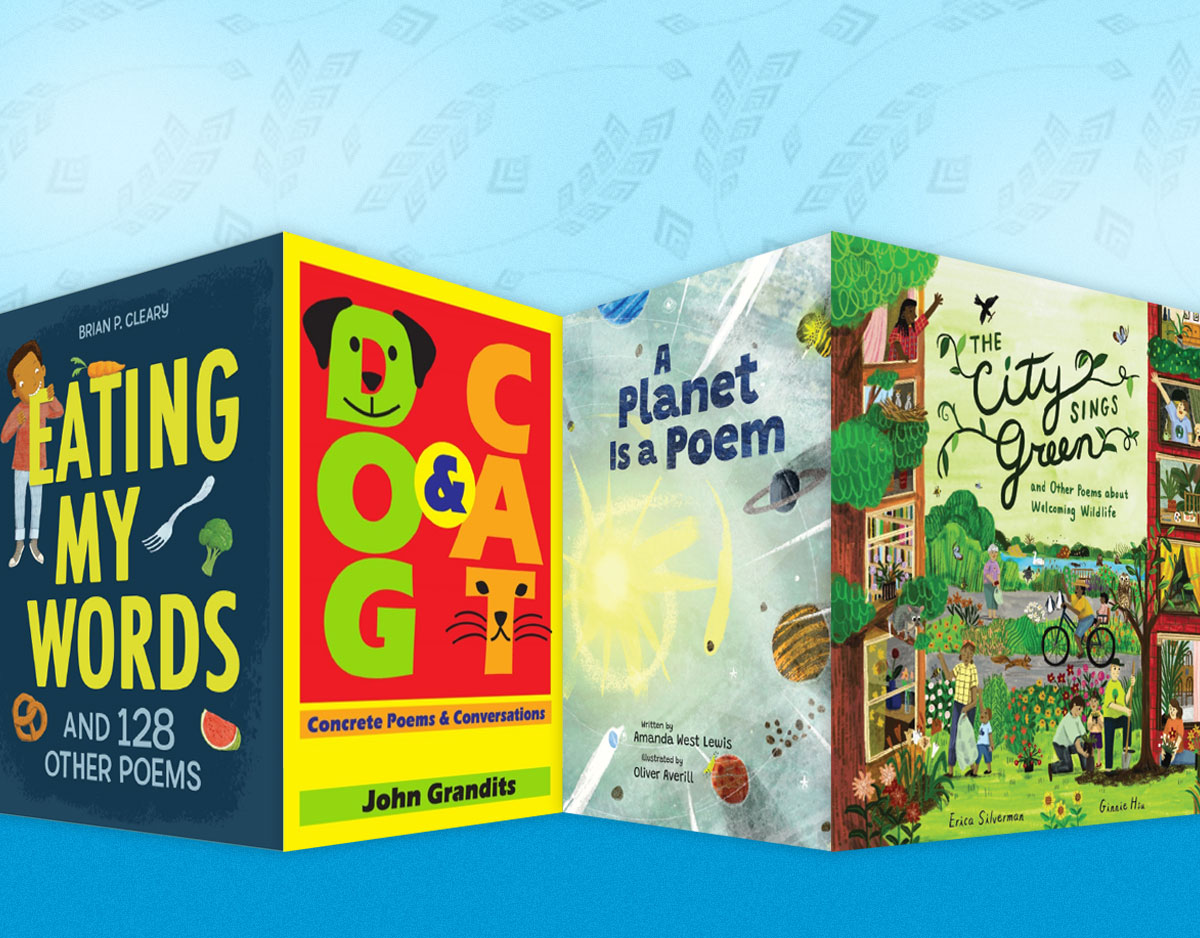
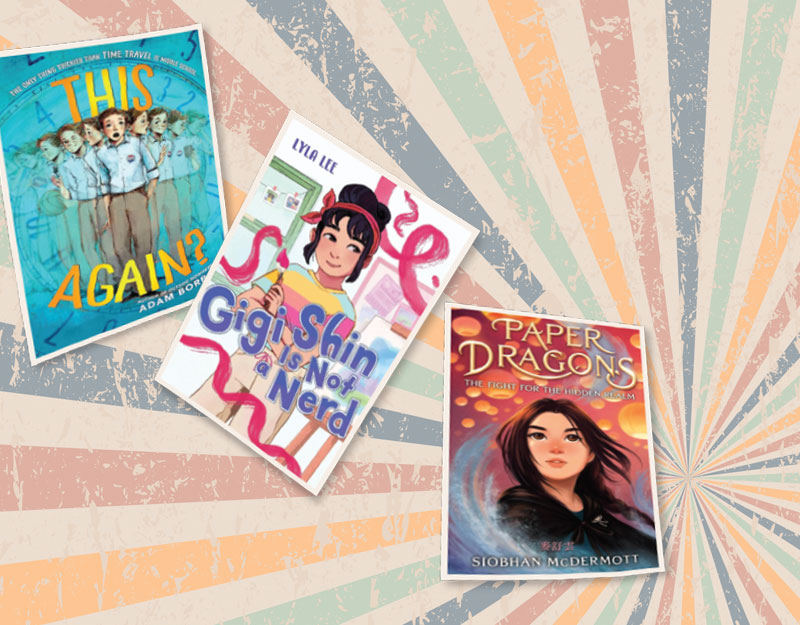
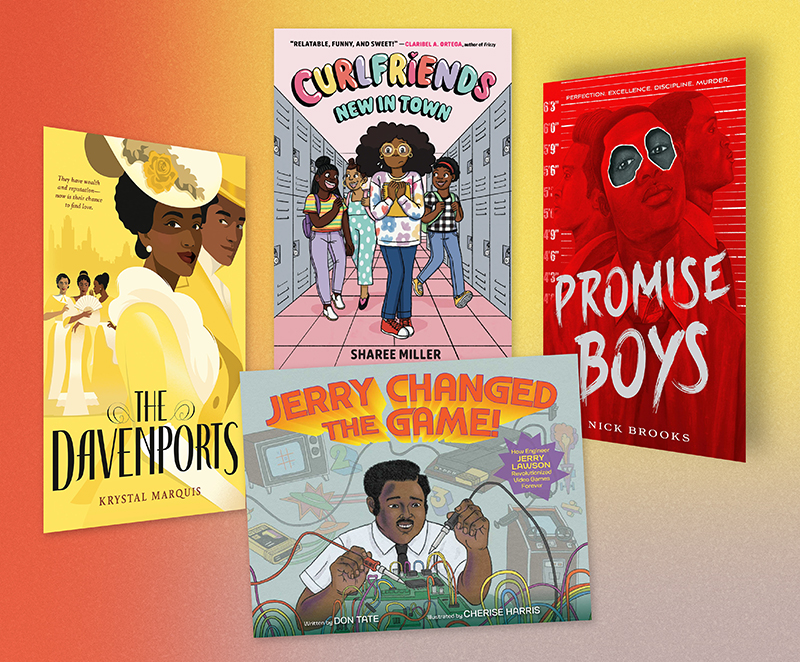
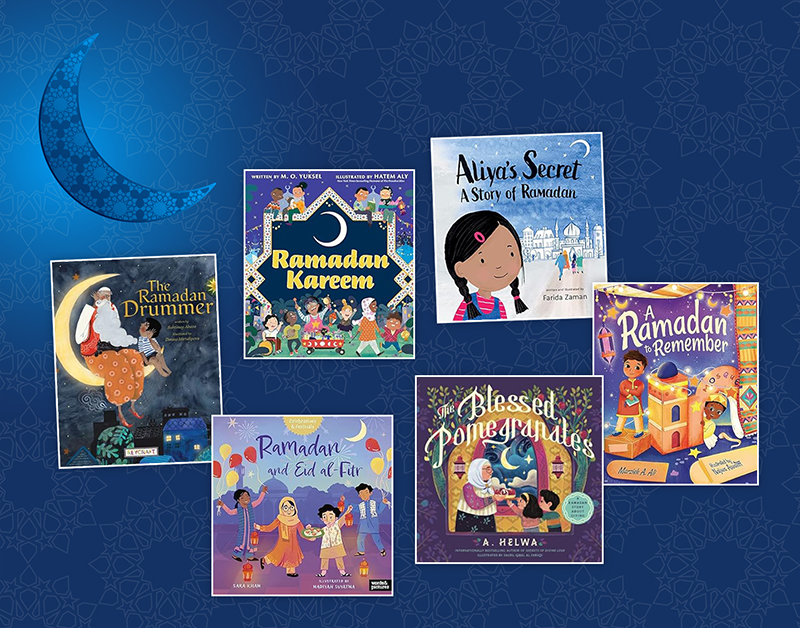
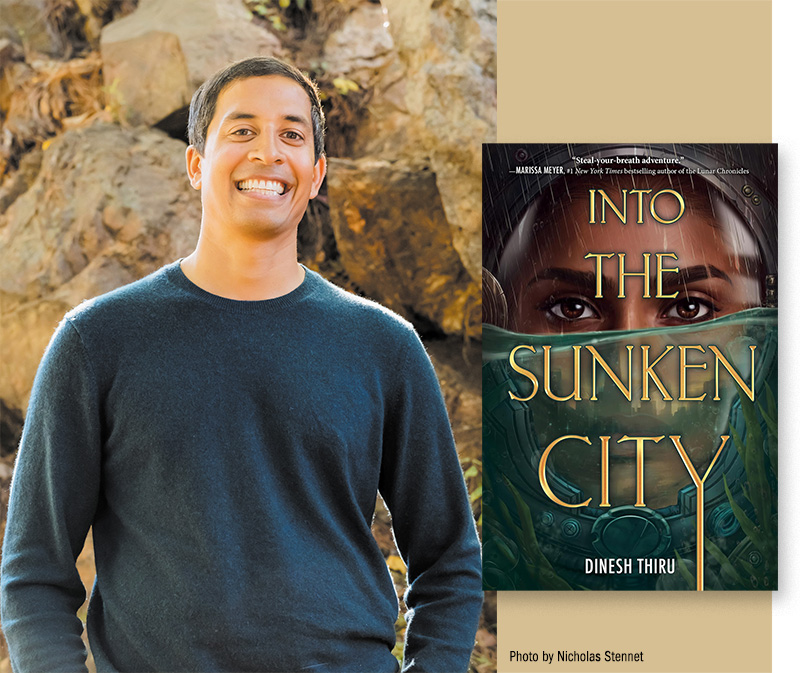
Oh, Betsy. I love this list.
I’m gonna go broke buying books, but my local indie will thrive, so I suppose good will come as a result.
Buying from indie publishers at indie bookstores? Now THAT makes me happy!
Have you read “Bigger Than a Dream” by Jeff Aerts? It’s unconventional to be sure, but its frank and intimate discussions of death are something we really need more of in American children’s media.
Amen to that.